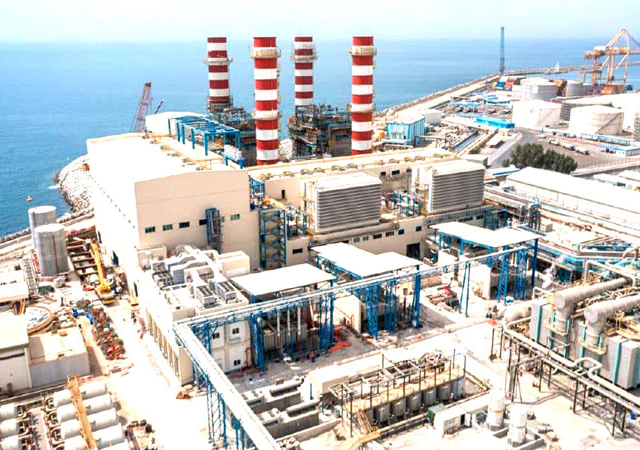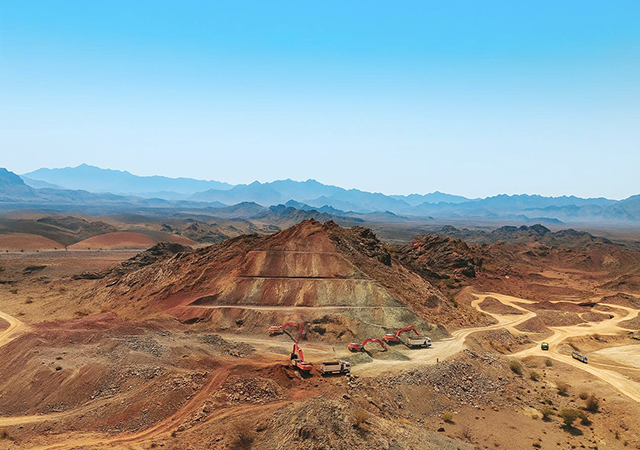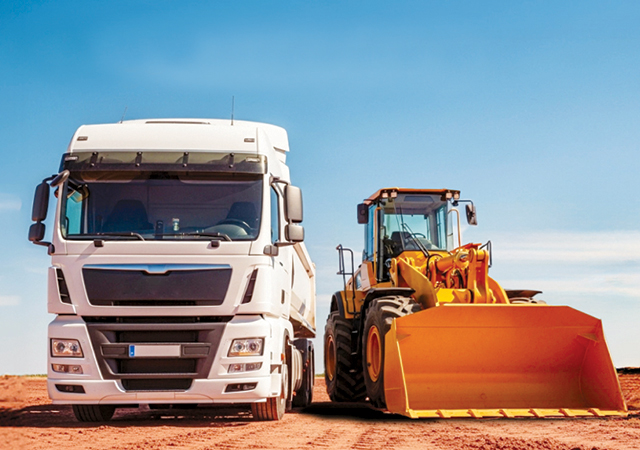 sml.jpg)
 HC 250i C VC can crush and compact mixed soils, stones, and other materials in a single step.
HC 250i C VC can crush and compact mixed soils, stones, and other materials in a single step.
Following the successful launch of its new compactors, Hamm is offering models that have been designed specifically to crush and compact rock and stone. These are now available in countries with exhaust emission standard EU Stage V/EPA Tier 4f, while the new models will be offered in countries with Tier 3 exhaust emission standard from autumn this year.
“The benefits to construction companies are plain to see: Processes on the construction site can be streamlined by deploying VC (Vibration Crusher) compactors, which reduce the work and expense needed for material preparation and transport. For customers, this means time, cost and CO₂ emissions are cut by up to 50 per cent – depending on the application,” a spokesman for Hamm explains.
The HC 250 C VC (Tier 3) and HC 250i C VC (EU Stage V/EPA Tier 4f) compactors are able to crush and compact mixed soils, stones such as basalt and granite, and other construction materials with comparable pressure resistance in a single step.
Featuring powerful Deutz engines and reinforced components around the front frame, three-point articulation and the underbody, the new compactors are well-equipped for tough applications. The separate “C” in the type designation also symbolises a reinforced drum drive, capable of inclines of up to 60 per cent. The 25-tonne machines are supplied with heavy-duty tyres for rocky terrain, driver’s cab and the Easy Drive operating concept as standard. For the operator’s comfort especially during tougher applications, the seat has an extended backrest.
A highlight of the new VC compactors is the newly designed tool holder system. This is compatible with round-shank cutting tools for stone, as well as wear-resistant heavy-duty cutting tools with carbide tips and hard facing for abrasive stone or hard stone. The configuration of the tool holder system and the way the tool inserts attach have been designed to ensure assembly and removal are quick and easy with no need for specialist tools.
The new VC compactors are suitable for the widest-ranging applications, including the customary crushing and compacting of geological material to create a stable substrate as well as to level rubble in landfill sites. It can also be called upon for road planing works in tunnel building and surface mining sectors or to pre-crush and loosen stone, taking a lot of hard work out of subsequent processes, such as layer-by-layer milling off, the spokesman adds.













(5).jpg)








.jpg)





















































